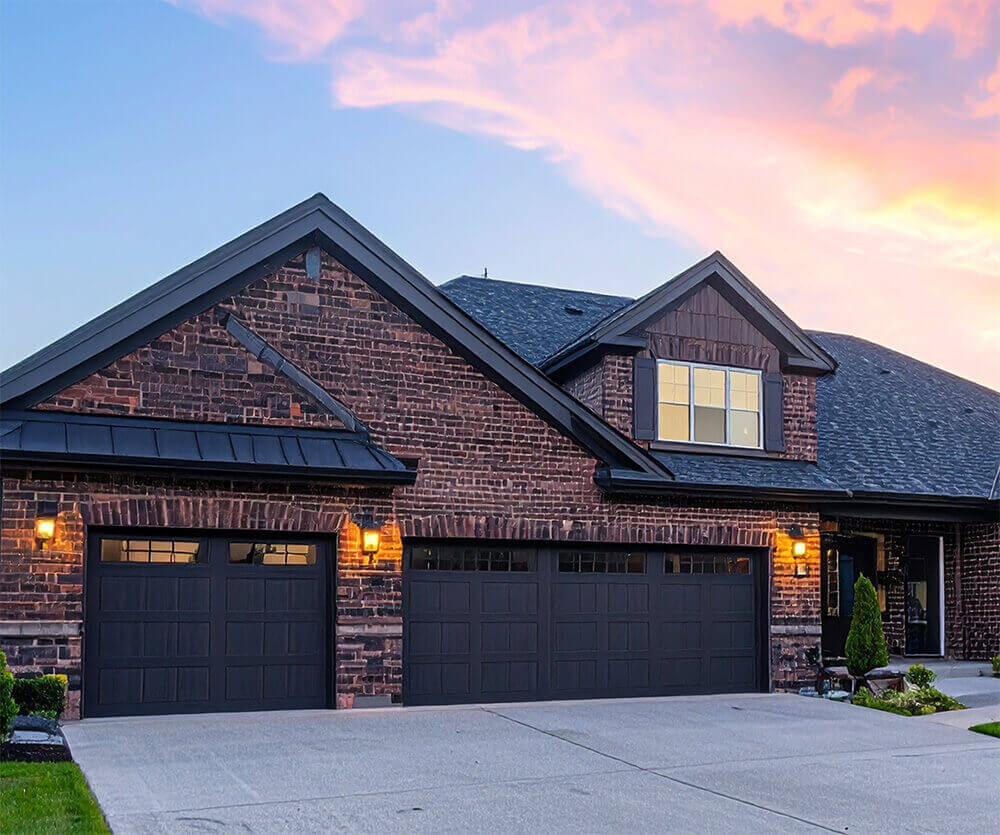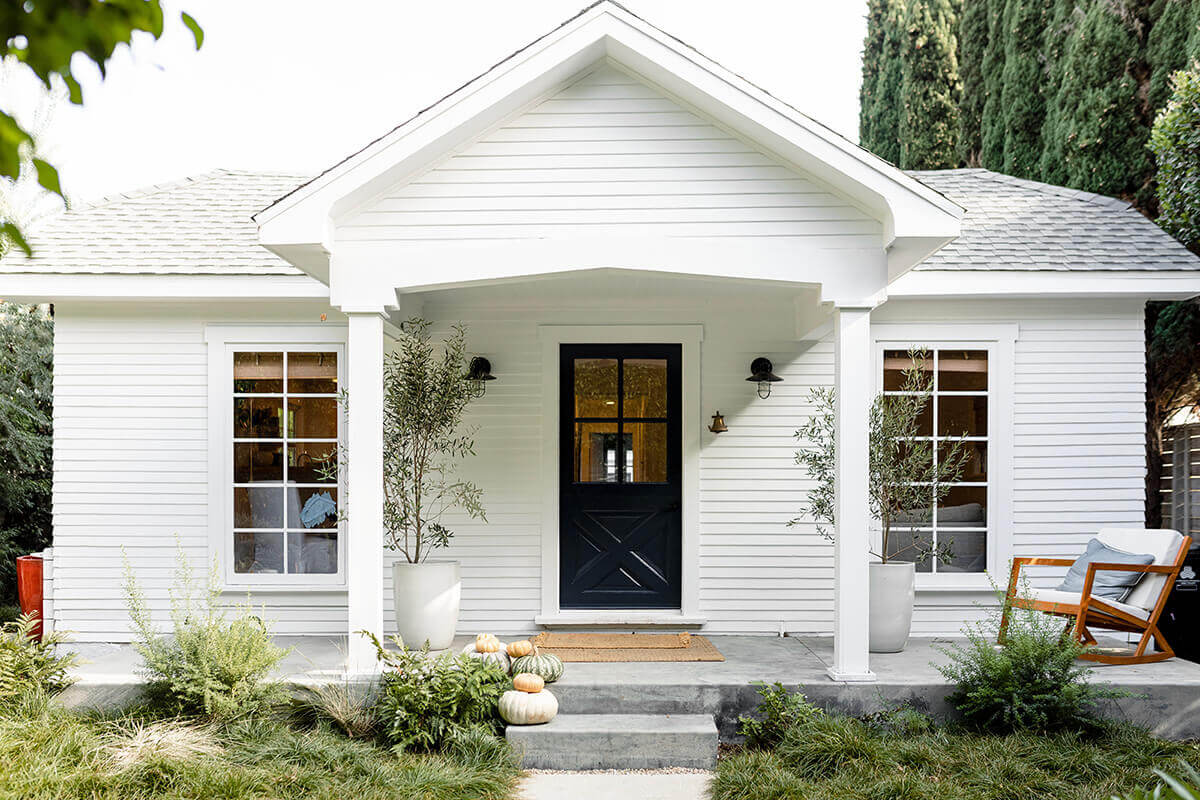What is a down payment?
A down payment is the initial sum of money you pay upfront when buying a house. In other words, it’s putting money down as you start your homebuying process. Typically, people express this as a percentage of the home price.
For example, imagine a house costs $300,000. If you put 10% upfront, you’d be paying $30,000 initially. The buyer will finance the remaining balance of $270,000 through a mortgage loan. So, the down payment essentially reduces the money you need to borrow.
This is important for three main reasons:
- Saves you money on interest: A smaller loan means you’ll have lower interest payments throughout the life of your mortgage, saving you money.
- Shows lenders you’re a serious buyer: It demonstrates financial responsibility to lenders, potentially making your loan application more attractive.
- Helps you avoid PMI (private mortgage insurance): A larger down payment can eliminate the need for private mortgage insurance. PMI is an additional cost on your mortgage.
Summary: A down payment is the initial money you pay upfront when buying a home. It lowers the amount you borrow, saving money on interest. It also shows lenders you are a serious buyer.
How do down payments work?
Down payments reduce the amount you need to borrow from the lender. Again, they’re essentially the first chunk of money you pay when buying a home, typically a percentage of the total purchase price (ranging from 3% to 20% or more).
The exact percentage you pay depends on a few factors:
- Your finances: How much money can you comfortably afford to put down upfront?
- The type of loan: Some loans, like FHA loans, may allow for lower down payments (around 3.5%).
- The lender’s requirements: Some lenders may have minimum down payment requirements.
Remember, the more money you put down upfront, the less you’ll have to borrow for your mortgage. This translates to lower monthly payments, potentially saving you from needing private mortgage insurance.
-
Down payment example
Let’s examine an example scenario to better understand the concept. Imagine you are buying a $200,000 house.
- 20%: You pay $40,000 upfront (20% of $200,000). Your loan amount is $160,000. This means a lower monthly payment.
- 10%: You pay $20,000 upfront (10% of $200,000). Your loan amount is $180,000. This means a higher monthly payment.
Remember, this is just an example. Your actual loan amount and monthly mortgage payment depend on your credit score, mortgage interest rate, property tax, homeowners insurance, and other fees.
-
Why down payments matter
Down payments are so important for several reasons:
- Reduces your loan amount: A bigger down payment means you borrow less money. This makes your monthly mortgage payment lower.
- Improves your loan-to-value (LTV) ratio and interest rates: The loan-to-value (LTV) ratio compares your loan amount to the home’s value. A bigger down payment lowers your LTV ratio, making you a less risky borrower to the lender. This means you could get a better interest rate on your mortgage loan.
- Helps you avoid private mortgage insurance (PMI): Conventional loans usually need PMI if you put down less than 20% of the home’s value. PMI is extra insurance that you pay to protect the lender. By putting down 20% or more, you can avoid paying PMI, which saves you money in the long run.
That’s why it’s so important to work with a mortgage lender to help you devise a game plan so you can feel confident and informed.
How much down payment for a house?
The all-important question: how much down payment do you need for a house? This all depends on the type of loan you choose. Here’s a breakdown of the different loan types and their down payment requirements, along with common examples:
-
Conventional loans are loans not insured by the government. They typically require a higher credit score than government-backed loans. A minimum down payment of 3% is required, but a higher down payment can result in better interest rates and avoiding private mortgage insurance (PMI).
Example: You’re buying a house for $300,000. You need at least $9,000 for 3% down with a conventional loan.
-
FHA loans are backed by the Federal Housing Administration and are popular among first-time homebuyers. They require a minimum down payment of 3.5% for credit scores of 580 and above. For those with credit scores between 500 and 579, a 10% down payment is needed. FHA loans are more forgiving on credit scores but do require mortgage insurance premiums (MIP). (MIP is an extra fee on FHA home loans to protect the lender if you can’t repay.)
Example: You’re buying a house for $200,000. With an FHA loan and a credit score of 600, you need at least $7,000 for 3.5% down.
-
VA loans are guaranteed by the Department of Veterans Affairs and are available to eligible Veterans, Active-Duty Service Members, and certain members of the National Guard and Reserves. VA loans offer the benefit of no down payment and no PMI, but there may be a funding fee.
Example: You’re an eligible Veteran buying a house for $250,000. With a VA loan, you can buy the home with $0 down.
-
USDA loans are designed for rural and suburban homebuyers who meet certain income and eligibility requirements to help them purchase homes. These loans offer a no down payment option, making them an attractive choice for those who qualify. USDA loans are backed by the U.S. Department of Agriculture.
Example: You’re buying a home in a rural area for $180,000. With a USDA loan, you can purchase the home with $0 down.
-
Jumbo loans are used for purchasing homes that exceed the conforming loan limits set by Fannie Mae and Freddie Mac, which usually means these are loans you would use for purchasing expensive homes. These loans typically require a higher down payment, usually between 5% and 10%, and have stricter credit and income requirements.
Example: You’re buying a luxury home for $800,000. With a jumbo loan, you need at least $40,000 for 5% down, but it’s often closer to $80,000 for 10% down.
Summary: Your down payment and payment amounts depend on the type of loan you choose.
Down payment assistance programs
Instead of spending years saving, a down payment assistance programs could help you get into your first home with little or no cash.
These programs provide financial assistance to make homes more affordable for homebuyers. They come in several forms for eligible buyers: cash grants or secondary loans.
-
The CCM Community Promise program provides up to $6,000 in down payment assistance to first-time homebuyers who live in qualifying neighborhoods in select cities.
You must live in an eligible census tract in these communities when you apply for your home loan, but you can purchase a home anywhere in the United States.
-
The CCM Smart Start program is also designed to assist first-time homebuyers. This program offers financial aid of up to $4,000 toward the down payment on a home purchase.
-
Freddie Mac’s BorrowSmart Access and Standard programs provide eligible low- to moderate-income borrowers with up to $4,000 in assistance. This amount varies based on area median income and other eligibility criteria, and borrowers must complete a homebuyer education course.
Sources of down payment funds
So, perhaps the most important question is, where do you come up with the funds for your down payment? Several options include personal savings, gift funds, and retirement accounts.
-
1
Personal savings
This is the most common approach. Develop a budget and prioritize saving a consistent monthly amount toward your goal. Be mindful of your spending and minimize unnecessary expenses like dining out or credit card purchases.
-
2
Gift funds
With proper documentation, funds from family members can be used toward your down payment. Remember, there may be limitations on the amount and source of gift funds depending on your loan program.
-
3
Retirement accounts
While not ideal because of potential tax implications and penalties, some retirement accounts may allow for early withdrawal for a down payment under specific circumstances. Consulting with a financial advisor before considering this option is crucial.
Down payment FAQs
-
The average down payment on a house in the U.S. is about 6%. This can change depending on location, loan type, and if you are a first-time homebuyer.
-
Yes, some loan options, like VA loans and USDA loans, do not require money down. These programs may have stricter rules or extra fees.
-
No, closing costs are separate. They include origination fees, appraisal fees, and title insurance.





